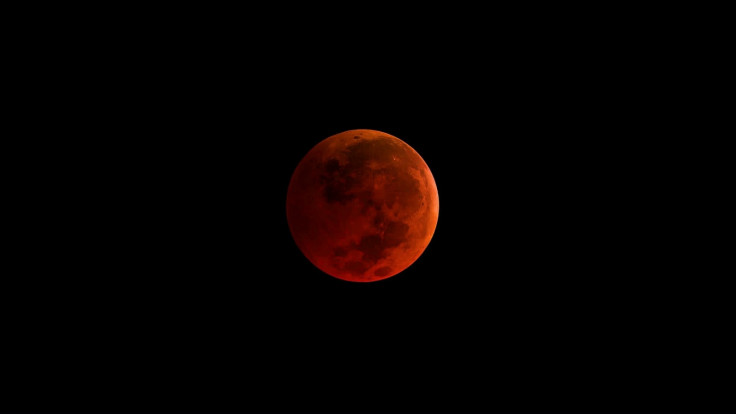Super blue blood moon 2018: All you need to know about the once-in-a-lifetime celestial event
The moon will be seen in a dramatic reddish hue for a short while, courtesy of a total lunar eclipse.
On 31 January, earthlings will be treated to a rare 'super blue blood moon', and we give you the how and the when of this remarkable celestial event. The phenomenon is extremely special since it occurs only once every 150 years.
The whole 'blue blood' moniker might sound a little spooky but there is obviously a lot more to it. As described by Nasa, a super blue blood moon is a combination of three separate events occurring at the same time – the moon's closest approach to the Earth, a full moon and a full lunar eclipse.
The closer-than-usual approach of a full moon makes up what we call a bigger, brighter 'supermoon' while the lunar eclipse adds the element of 'blood', or a reddish hue, which it will have while passing through the Earth's shadow for a short while.
It becomes reddish because the Sun, Earth and Moon will be aligned perfectly in a manner that the Earth will bend sunlight passing through its atmosphere to give the moon its colour.
While that sounds interesting, it gets much better. This is the second full moon of the month, which means it is also a blue moon. This is not related to colour in any way but happens once every two-and-a-half years. The first supermoon of the month appeared on 1 January, which was the second member of a trilogy that started with last month's supermoon and will end with the one on 31 January.
Now that we know why the upcoming supermoon is so special, we take a look at what will be the best time to capture its beauty.
Typically, the ideal time to catch a supermoon is either during the time of the Moon's rise or before sunrise – when it is low on the horizon and can be seen alongside buildings and other tall structures.
But in this case, in order to capture the super blue blood moon, viewers will have to consider the lunar eclipse timing and see when it coincides with the supermoon. Going to a higher ground for a clearer view should also help, although it is not a prerequisite.
If skies remain clear, viewers across North America, Alaska and Hawaii should be able to see the supermoon during the pre-dawn hours of 31 January, while those in the Middle East, Asia, eastern Russia, Australia and New Zealand should get good views during the evening on the same day. You can even use this interactive map to check the timing of the eclipse with regard to your specific location.
Although viewers in the UK and Africa will not be treated to the eclipse this time around, they can always livestream the event online via Nasa or the Virtual Telescope Project's website.
It is a big event and you should definitely not miss it.






















